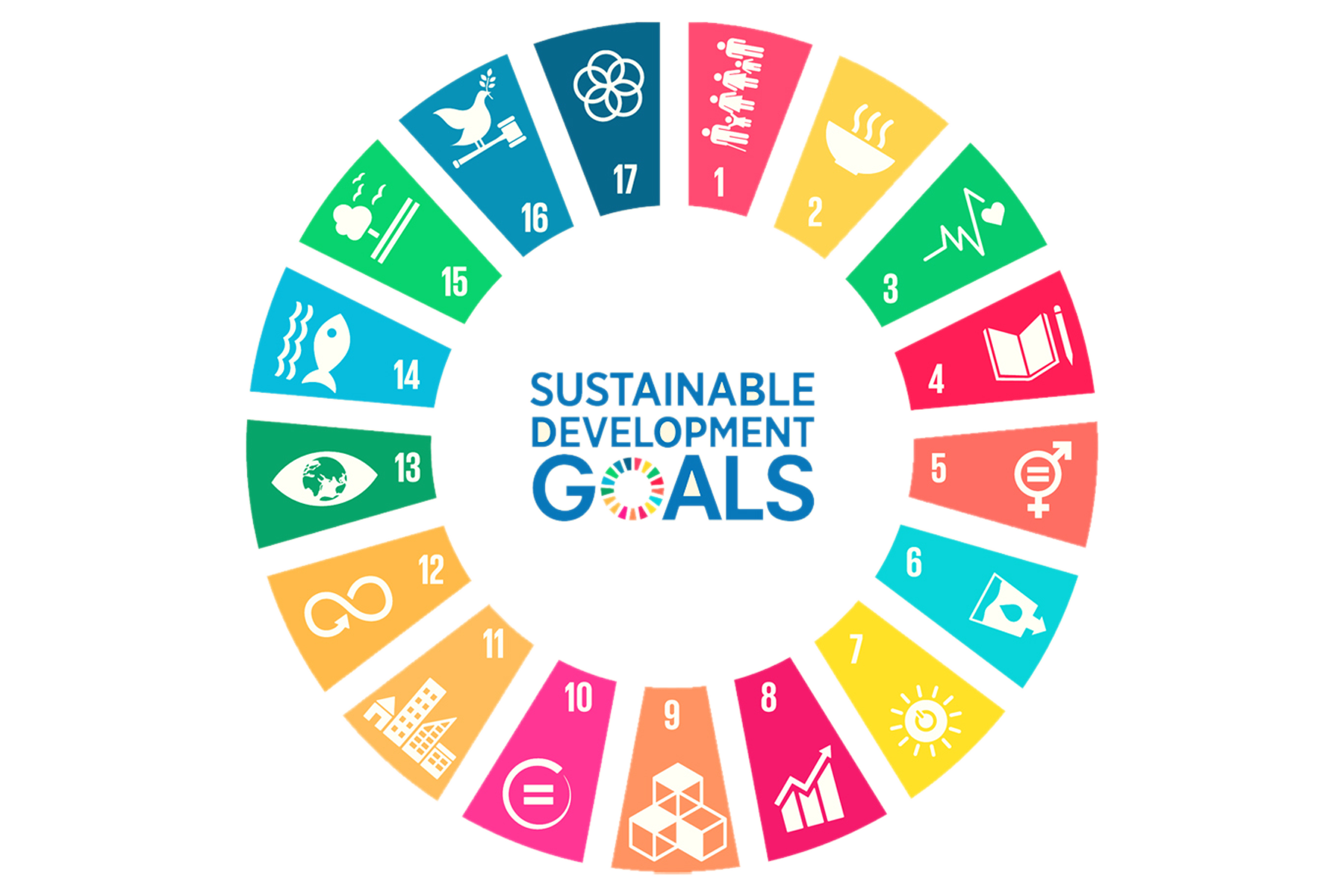
Smart city concept uses different types of electronic data collection devices to supply information which is used to manage assets and resources efficiently. This includes data collected from citizens, devices, and assets that is processed and analyzed to monitor and manage traffic and transportation systems, power plants, water supply networks, waste management, law enforcement, information systems, schools, libraries, hospitals, and other community services. The smart city concept integrates information and communication technology (ICT), and various physical devices connected to the network (the Internet of things or IoT) to optimize the efficiency of city operations and services and connect to citizens. Smart city technology allows city officials to interact directly with both community and city infrastructure and to monitor what is happening in the city and how the city is evolving.
ICT is used to enhance quality, performance and interactivity of urban services, to reduce costs and resource consumption and to increase contact between citizens and government. Smart city applications are developed to manage urban flows and allow for real-time responses. A smart city may therefore be more prepared to respond to challenges than one with a simple “transactional” relationship with its citizens. According to Prof. Jason Pomeroy, in addition to technology, smart cities “acknowledge and seek to preserve culture, heritage and tradition”, such as Barcelona in Spain. Yet, the term itself remains unclear to its specifics and therefore, open to many interpretations.
Major technological, economic and environmental changes have generated interest in smart cities, including climate change, economic restructuring, the move to online retail and entertainment, ageing populations, urban population growth and pressures on public finances.
Smart cities use data and technology to create efficiencies, improve sustainability, create economic development, and enhance quality of life factors for people living and working in the city. It also means that the city has a smarter energy infrastructure. A more formal definition is this: “… An urban area that has securely integrated technology across the information . . . and Internet of Things (IoT) sectors to better manage a city’s assets.”
A smart city is powered by “smart connections” for various items such as street lighting, smart buildings, distributed energy resources (DER), data analytics, and smart transportation. Amongst these things, energy is paramount; therefore, utility companies play a key role in smart cities. Electric companies, working partnership with city officials, technology companies and several other institutions, are among the major players that helped accelerate the growth of smart cities.
Government Advisory
We provide advisory to local governments for sustainable development of the local areas. The consulting is provided over technical, financial and strategic concerns. We provide end to end consultancy solutions for project planning and execution. The fields of service for local governments include:
- Energy efficiency projects;
- Energy Audits; and
- Energy management systems.
- Process improvements;
- Renewable energy projects;
- Sustainable procurement;
- Smart city projects;
- Smart buildings;
- Smart assets management;
- Smart system integrations; and,
- For any other energy, environment, sustainability related projects, for:
- Developing policy;
- Strategic planning; and
- Project management/execution support.

Smart Buildings
Smart buildings are sometimes referred to as ‘automated buildings’, ‘intelligent buildings’ or buildings that incorporate smart technology. However, it is an ambiguous term that at its most basic level has been used to describe buildings that include technologies such as:
- Automated systems;
- Intelligent building management systems;
- Energy efficiency measures;
- Wireless technologies;
- Digital infrastructure;
- Adaptive energy systems;
- Networked appliances;
- Data gathering devices;
- Information and communications networks;
- Assistive technologies;
- Remote monitoring and management; and
- It centres on the use of interconnected technologies to make buildings more intelligent and responsive, ultimately improving their performance.
At present, many building systems operate independently, and many are inherently inefficient as they lack the monitoring capability that would enable them to adapt effectively to different conditions or modes of operation. Smart technologies facilitate better decision making and automation of responses; to be considered an intelligent system, automation should be able to:
- Monitor performance;
- Detect inefficiencies;
- Diagnose possible causes;
- Make automatic adjustments;
- Alert facilities management staff to issues that can be automatically corrected; and
- Suggest possible tools and parts that may help staff members get the job done quickly, using artificial intelligence.
CCR helps clients to design and implement smart building solutions; CCR has own platform for turnkey solutions to set up the integrated system for smart building infrastructures.
Smart Assets Management
Asset management, broadly defined, refers to any system that monitors and maintains things of value to an entity or group. To manage the assets effectively, it is needed to have a system that can track the assets in real time and perform the analytics using integrated data from all points of tracking to take the best decision.
IoT-enabled smart asset monitoring and analytics solutions leverage web, analytics, and wireless to combine all the traditional solutions, processes, assets, and workflows into a single solution to offer a centralized consolidated tracking and monitoring and analytics system. These systems provide anytime, anywhere access and any device connectivity with enormous scalability and effective IT-OT integrations.
Apart from offering the intelligence on how the assets are doing, the smart asset management and remote monitoring and analytics solutions also offer useful insights from machine data, help in predictive maintenance, help in making the automated workflows more intelligent, and provide real-time visibility on all the important aspects to the stakeholders.
The smart assets management system provides a ceaseless automated system that comprises:
- Real-time assets monitoring and data recording;
- Dashboards to show system status in one blink;
- Graphical analytics to get the best of results from recorded information;
- Alarming and notification system for special events;
- Smart decision taking with use of Artificial Intelligence; and
- Remote access from any internet enabled device.
Through dynamic and automated asset monitoring and tracking, organizations can get real-time data using smart sensors and devices and gain real-time visibility into the operational status. This enables them to quickly respond to various conditions.
CCR provides turnkey solutions to the clients for managing their assets in the best possible way. CCR owns a software platform to design the IoT-based smart assets management system. The system is designed as per user’s concern and to manage the assets at the fullest of its potential.
Smart City Projects Consultancy
The local governments across the globe are striving to develop the urban areas through smart city projects. CCR provides end to end consultancy to the smart city projects that covers all the project related:
- Technical;
- Financial; and
- Strategical/management concerns.
With our technical expertise and broad experience over the sustainability and climate change adaption projects in recent years, CCR is helping local governments to implement the smart city projects. Some of the sample projects from smart city category, include:
- Smart facilities and infrastructures;
- Smart grids;
- Integrated Water supply systems;
- Centralized Smart sewage and waste management system;
- Smart parking and traffic management systems;
- Vehicle tracking systems etc.

